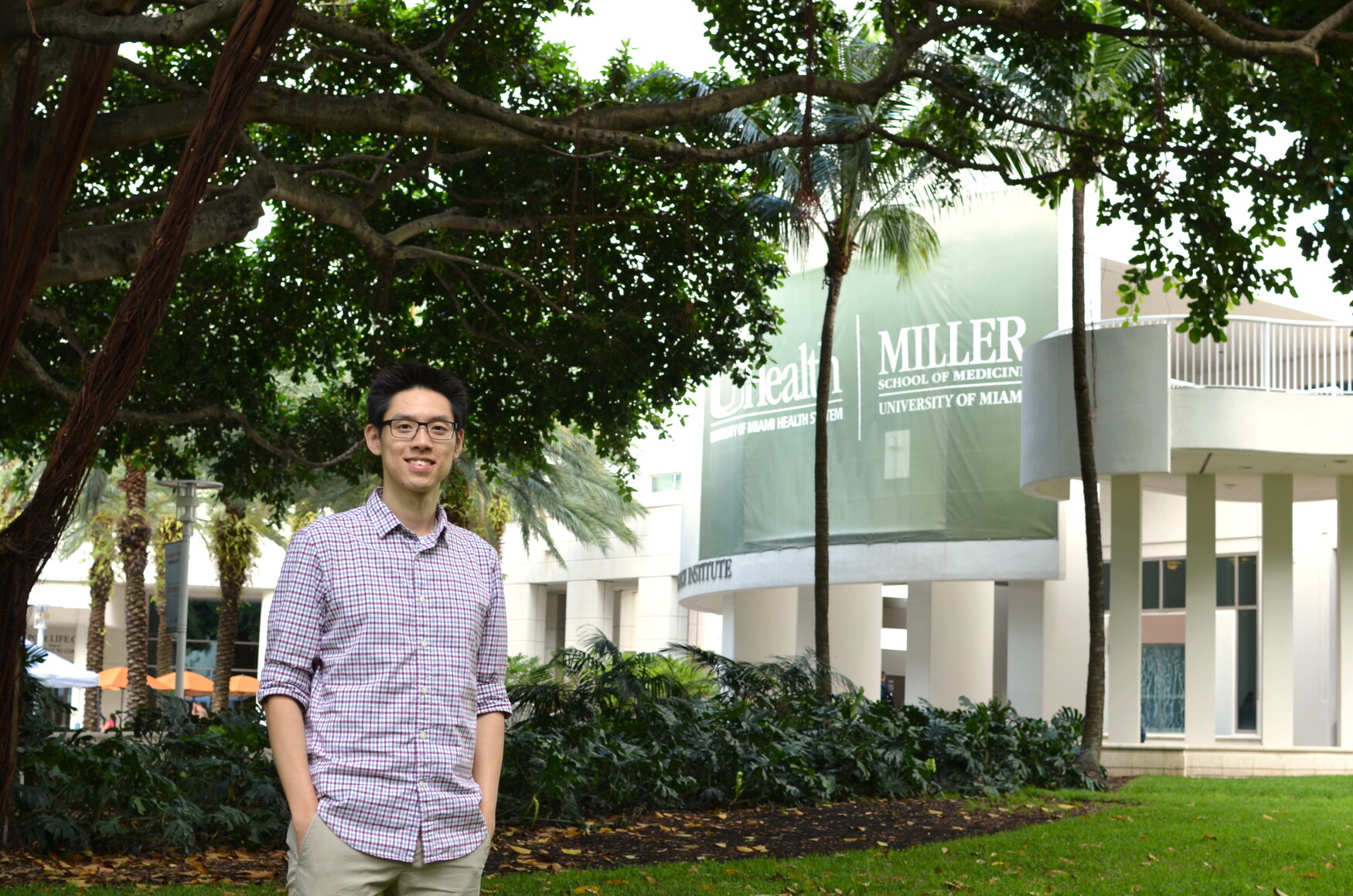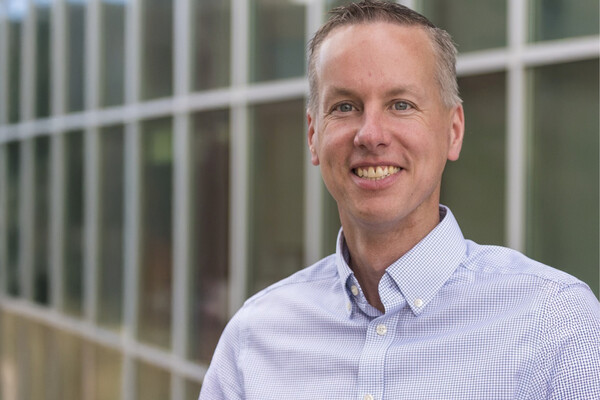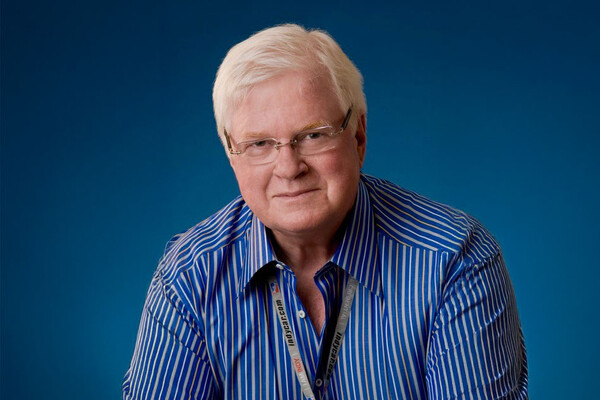Main Second Level Navigation
Breadcrumbs
- Home
- News & Events
- Recent News
- How to Survive Without Oxygen: J.J. David Ho, BSc’06, PhD’13
How to Survive Without Oxygen: J.J. David Ho, BSc’06, PhD’13

J.J. David Ho, BSc’06, PhD’13 is a CIHR funded post-doctoral fellow at the University of Miami’s Sylvester Comprehensive Cancer Center. Dr. Ho studies how cells survive without oxygen and in April 2016, he created a video describing what his findings could mean for fighting complex diseases such as cancer, cardiovascular disease, and critical care research.
Dr. Ho completed his PhD in The University of Toronto’s Department of Medical Biophysics and Keenan Research Centre for Biomedical Science in the Li Ka Shing Knowledge Institute, St. Michael's Hospital with Dr. Philip A. Marsden.
When we don’t get enough oxygen we don’t just shut down — we can adapt.
What is your most formative memory of your time as a student at U of T?
I’d have to say it was my entire PhD. At every stage you think you’ve learned a lot, but looking back you’ll realize that you actually learned even more. Sometimes these include skills that you don’t appreciate right away. I remember during my first interview with my PhD mentor, Dr. Philip Marsden, he shared with me the importance of developing good business skills in addition to becoming a good scientist, so that I can effectively communicate my science to everyone. I was 22 or 23 at the time and I didn’t really appreciate what that meant, but over the years I’ve definitely realized the utility of this skill; it’s an aspect of science that we are only beginning to appreciate.
What I do is considered “basic science” and for a lot of people the applications are not immediately obvious. I believe that scientists should be better trained in communication to non-specialists. In order to get your ideas through for funding or to a patient, you have to be able to communicate them properly. This is a vital skill I learned at U of T.
What kind of opportunities did U of T offer you?
I had the privilege of working with Phil who was a wonderful mentor and that made all the difference. He offered a lot of opportunities to interact with people in other disciplines and collaborate on different types of research. The University of Toronto environment is unique in terms of its collaborative culture and the wealth of resources and multidisciplinary expertise — you can walk down the hall and have conversations with world-class experts that open up exciting opportunities to collaborate. I definitely appreciate this a lot more now than I did then. Also, the synergy between basic scientists and clinician-scientists is a major strength at U of T. I’ve personally gained a lot from such interactions, both in terms of knowledge and perspective.
What have you been up to since graduation?
I started my post doc at the University of Ottawa with Dr. Stephen Lee as he was moving his laboratory to the Sylvester Comprehensive Cancer Center at the University of Miami and continued my research here. I hope to move back to Toronto within the next few years and am currently looking for career opportunities.
My studies are focused on how cells respond and adapt when oxygen levels drop below normal. A lack of oxygen is called hypoxia and contrary to what many people may think, we are actually very well equipped to deal with hypoxia. For example, studies have shown that humans and other mammals living at high altitude, such as the highlands of Tibet, can become acclimatized to an environment where there is much less oxygen available. Our cells’ ability to adapt to hypoxia is an important evolutionary strategy we possess. When we don’t get enough oxygen we don’t just shut down — we can adapt.
Hypoxia is a key feature of cardiovascular disease and cancer, the leading causes of death worldwide. We believe there is a great therapeutic opportunity here. It is also frequently encountered in critical and intensive care patients, as well as in patients following lung transplants. It will take years of research to fully understand the role of hypoxia in these diseases and complications, but the clinical applications are tremendous.
You recently created a video highlighting your work. Was the video inspired by a desire to increase public education about science or some other motivation?
It was both. I work at the Sylvester Cancer Center at the University of Miami, as part of the tumor biology program. I wanted a way to inform the public and potential visitors — patients, family members and others — about the types of research that the Center is involved in.
I also made the video to generate interest and get people to support research, especially in the current funding climate. Hopefully with a better understanding and greater interest in science from the government and the public we can improve the current funding situation.
What words of wisdom do you have for current U of T students?
Take a step back and broaden your perspectives every now and then. It’s very easy to get lost in the weeds of your experiments and get stuck in the never-ending lab work. Develop yourself outside of science. Take advantage of the caliber of the scientists and the environment available at U of T. Network, and learn how to talk to people outside of your field about your ideas and research.
News


